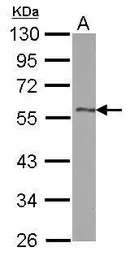DLK1 antibody
Cat. No. GTX115136
Cat. No. GTX115136
-
HostRabbit
-
ClonalityPolyclonal
-
IsotypeIgG
-
ApplicationsWB
-
ReactivityHuman
